 Let’s face it: Geology happens.
Let’s face it: Geology happens. And it has been happening for millions of years, well before humans were around to conceive religion and creation myths. What better reminder than the recent devastating quake and tsunami in Japan.
Are you prepared?
Here in the Pacific Northwest, we’re living on borrowed time, really. It’s just a coincidence or quirk of fate that our region has become more settled, populated, and developed in a period of quiet between the massive subduction quakes that regularly rock our region every several centuries. Just like the 9.0 quake that struck Japan, only probably bigger and closer to major cities like Seattle, Vancouver, B.C., and Portland, Oregon.
I’ll admit to being a bit of an earthquake geek when it comes to our region. It all started back in Geology 101 (Rocks for Jocks) and then Geology 345 (Geology of the Pacific Northwest) at the U Dub, a.k.a., University of Washington. We were introduced to what was then still a theory of plate tectonics, and explored the region in search of ancient mudflows from volcanoes and faults from past earthquakes. What a geologically active and great region to study geology!

Since then, with better technology, scientists are learning that our region is absolutely riddled with active earthquake faults, besides the Cascadia subduction zone that lies just off the coast, from northern California to B.C.’s Vancouver Island. (Note that our volcanoes parallel this zone, from Mt. Lassen in north Cali to Garibaldi and Mount Meager in southern B.C.) Not only does the Seattle Fault run for miles just south of downtown Seattle, geologists have discovered that the South Whidbey Fault runs all way from Puget Sound across the Cascades Mountains into eastern Washington.
So it’s not a question of if, but when the next HUGE ones will happen. The geologic record shows at least 18 subduction zone quakes over the last 10,000 years (maybe more, I just read 41 instead of 18, yikes!). That’s close to one every 240 to 500 years, megaquakes bigger and longer than the recent Japanese quake. The last one was 311 years ago. Ironically, we know the exact date because a tsunami from our quake hit Japan and was recorded at a Zen monastery.
 |
| The biggest stratovolcano in the Cascades. |
The whole 600 miles of the Juan de Fuca plate slips (subducts) under the continental plate and causes earthquakes that can last up to 6 minutes or longer. The Japanese plate that slipped was just less than 200 miles.
So what can we do besides move to Nebraska? We can appreciate the stunning natural beauty that these geologic forces have forged in our region, such as the Cascade volcanoes and the Olympic Mountains. Then get as prepared as you can. Beyond that, well, we can’t live in constant fear of something that might not happen for another 100 years (although it could happen in the next 5 minutes).
Here are some links to websites that discuss earthquake preparedness. I’ve done basic things like get my house bolted to the foundation, the hot water heater strapped to the wall, and an earthquake shutoff valve installed on the natural gas line that runs into my house. I keep several gallons of water on hand that I empty and refill every month or so, and keep some nonperishable food around. And I just got batteries for my bedside radio since there would likely be no electricity after a big quake. Oh, I also have a first aid kit.

One thing we can appreciate is that we only have one active nuclear power plant in the Northwest, and that’s in the Tri-Cities, definitely not in harm’s way from a tsunami.
So do what you can to learn and prepare as much as possible. Then live right now!









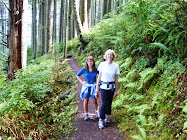

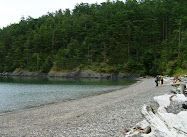
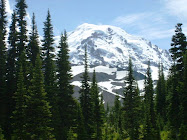


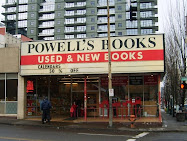
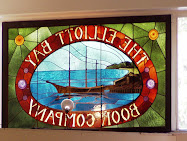


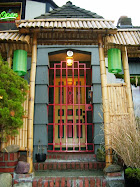


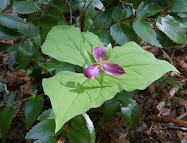

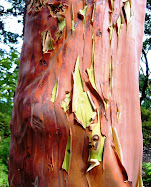

4 comments:
Interesting stuff. I used to have earthquake insurance with my homeowners, it was not very expensive, but company after company has dropped it. I'm hoping it will hold off for another 100 years or so and maybe by then there will be more
prediction capabilities, and everything will be built to withstand a 10!
This was interesting!
Because of Japan’s nuclear crisis, which you didn’t mention, I was inspired to check how many nuclear plants there were in the world. The U.S. is #1 at about 110 plants. Japan is #2 at 54. I really wanted to find out how many uncontained reactors there were, because I think Hanford is the only uncontained one left – after Chernobyl. Couldn’t find that information without spending much more time on the computer.
Great post- we have been storing some supplies for a while, but are stepping up our preparations a bit. If anything good can come out of Japan's tragedy, maybe it will be Northwesterners taking the threat seriously. It's hard to prepare for something that might not happen until my children are long gone! Or, as you put it, could happen 5 minutes from now.
Yet another reason to have fun now!
Post a Comment